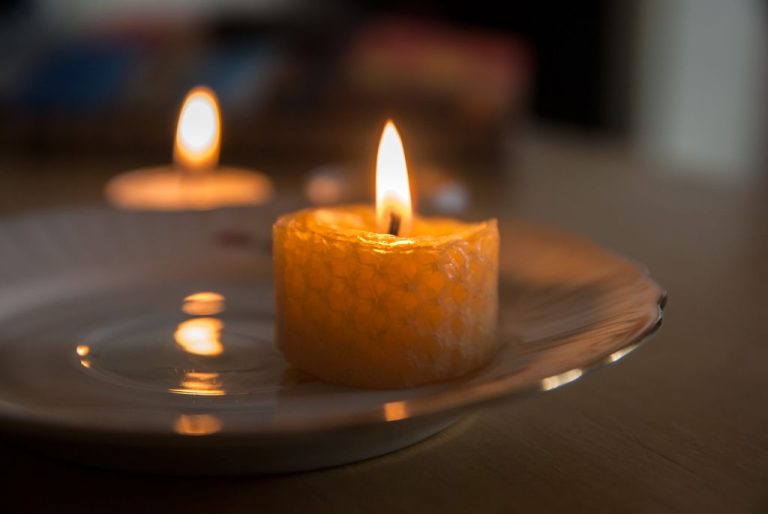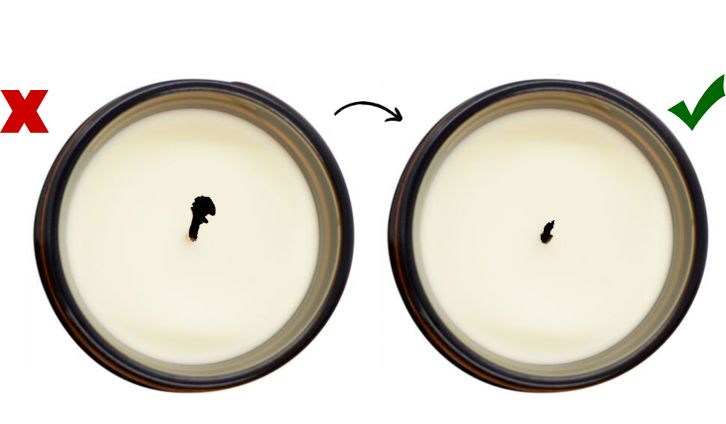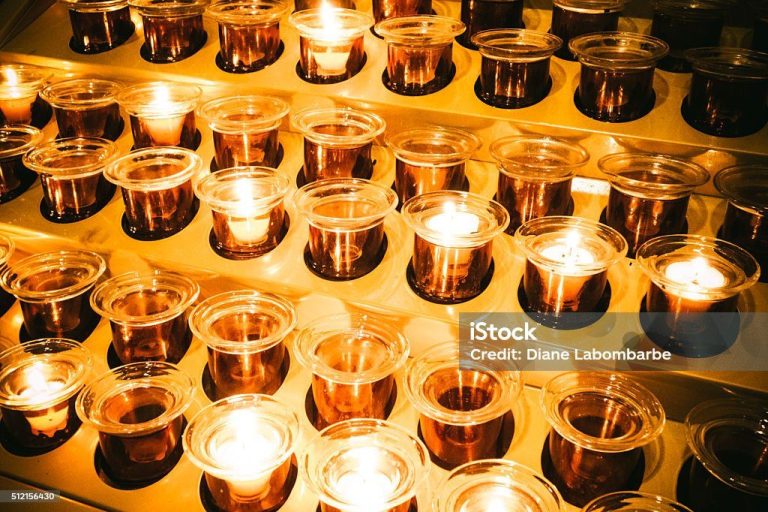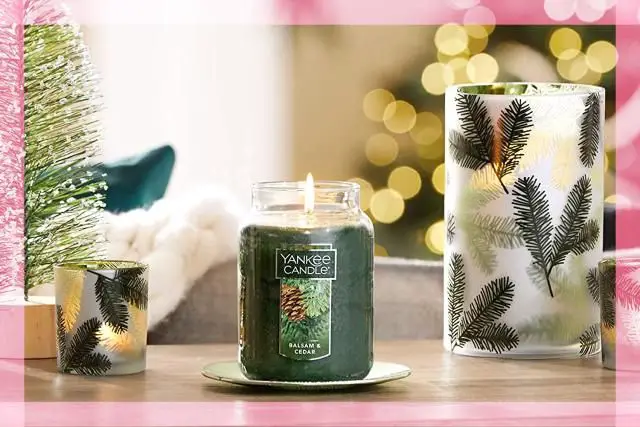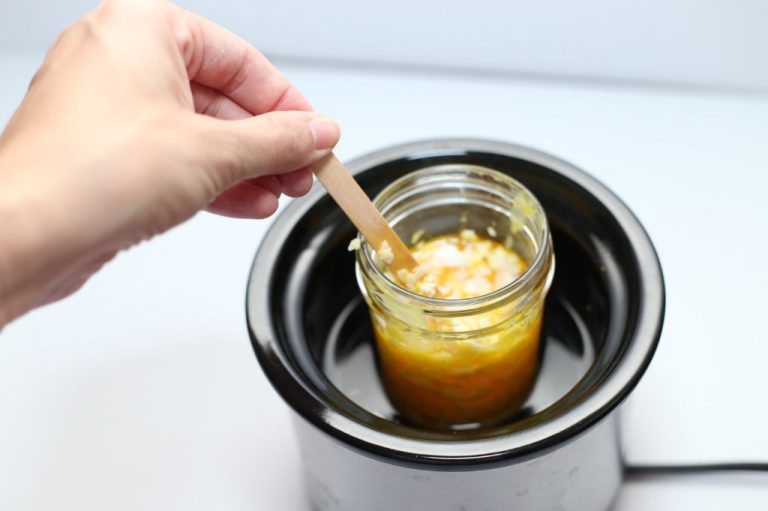How Does Wholesale Candles Work?
Overview of the Wholesale Candle Industry
The wholesale candle industry in the United States is a sizable market, valued at over $2 billion as of 2022 according to industry research (Grand View Research). The market has experienced steady growth in recent years, with a compound annual growth rate of around 2-3% (IBISWorld). Some of the key players in the wholesale candle space include companies like Colonial Candle, Blyth Industries, SC Johnson, and Yankee Candle.
The wholesale candle industry provides products like scented candles, votive candles, pillar candles, and more to retail outlets across the country. Demand for candles has increased in recent years thanks to rising consumer interest in home fragrance and décor. The growth of the wholesale side of the industry is driven by new product innovation as well as expanded retail distribution networks.
While large manufacturers account for a significant portion of wholesale candle production, small and midsize companies have carved out a niche with artisanal, handmade, and customized candle options. The industry overall is fairly fragmented, with the top few companies making up less than 50% of the total market.
How Wholesalers Source Candles
Candle wholesalers have a few main options when it comes to sourcing products to sell:
Working with Domestic Manufacturers: Many wholesalers partner with candle manufacturers in their own country to produce private label candles or get bulk pricing on existing product lines. This allows for easier quality control, lower shipping costs, and the ability to custom formulate scents and designs. However, domestic manufacturing tends to have higher labor costs. Popular domestic candle manufacturing hubs include the United States, Canada, the UK, and Australia.
Importing: Importing candles from overseas manufacturing hubs like China and Vietnam can provide substantial cost savings, allowing wholesalers to offer lower retail pricing. However, minimum order quantities are often higher, and there is less control over quality and production timelines. Shipping costs and import duties also need to be factored in. Testing samples first is important. [1]
Private Label: Many wholesalers work with manufacturers to create custom branded candle lines only available through their company. This provides differentiation and exclusivity. It also allows the wholesaler to have more control over the candle formulas and packaging. Initial minimum orders tend to be higher for private label production runs.
Pricing and Profit Margins
When it comes to pricing wholesale candles, most manufacturers aim for a 100-200% markup on their costs. This means if it costs $5 to make a candle, the wholesale price would be $10-15 (Source). The specific markup percentage depends on the size and complexity of the candle, as well as market demand.
A common formula is to take the candle cost and multiply it by 2-3x. So if a 8oz soy candle costs $5 to produce, the wholesale price could be $10-15. For a more intricate 16oz candle with $10 in costs, the wholesale price may be $20-30 (Source). The markup allows for sufficient profit margin after factoring in overhead expenses.
When setting prices, candle wholesalers also consider competitor rates, order volume, and the perceived value of the candle. Ultimately, pricing comes down to covering costs and making a reasonable profit, while remaining competitive.
Storage and Inventory Management
For wholesale candle companies, effectively managing inventory and warehouse space is crucial to running a smooth and profitable operation. According to Armatage Candle Company, having robust systems in place to track supplies from order to sale enables candlemakers to optimize storage capacity and align inventory with customer demand (https://armatagecandlecompany.com/blog/supply-management-for-candle-making/). Key considerations include:
Warehouse space – Wholesale candle companies need sufficient warehouse space to store raw materials, finished products, and packing supplies. The space should allow for efficient workflow and order fulfillment. Proper storage conditions like temperature control are also important for candle quality.
Inventory software – Using inventory management software helps track stock levels in real-time. Features like barcode scanning and reporting provide visibility into inventory turnover rates and potential shortages. Platforms like CandleMaker Pro offer tailored solutions for wholesale candle businesses.
Turnover rates – Monitoring inventory turnover helps gauge efficiency. Higher turnover means inventory is moving quickly from order to sale. Slow turnover can signal excess stock or poor sales. Benchmarking turnover against industry standards helps wholesale candle companies optimize inventory levels.
By closely tracking inventory with warehouse management best practices, wholesale candle businesses can avoid costly shortages or wasteful overstock. Maintaining efficient systems provides flexibility to meet customer demand.
Order Fulfillment and Shipping
Once wholesale orders come in, candle wholesalers need to have efficient processes in place to fulfill and ship orders accurately and quickly. Order fulfillment involves receiving the order, processing payment, pulling inventory from the warehouse, packaging the order, and getting it ready to ship.
Most wholesale candle companies use order management software to keep track of incoming orders and inventory levels. When an order comes in, the system can automatically generate a packing slip so fulfillment staff know exactly which items to pull off the shelves. The ordered items are then carefully packaged up, often in custom branded boxes with protective wrapping to prevent damage in transit.
Choosing the right shipping carriers and services is a key part of the fulfillment process. Most candle wholesalers offer a range of shipping options to meet customers’ requirements for speed, cost and tracking capabilities. Standard ground shipping via carriers like UPS and FedEx is common. For expedited delivery, 2-day or overnight air shipping may be offered. Wholesalers can negotiate discounted shipping rates based on their frequent usage and volume.
Once packages are sealed and properly labeled, the carrier picks them up or the wholesaler drops them off to be sent out. Tracking numbers are provided to customers so they can follow their shipment status online. Efficient fulfillment and fast, reliable shipping helps candle wholesalers deliver a quality experience and retain happy retail customers.
Finding and Working with Retail Customers
A challenge for startups in the wholesale candle business is finding and building relationships with retail customers. Successful strategies include proactive outreach through cold calls, emails, and in-person visits to potential retailers. Wholesalers should research local gift shops, home decor stores, boutiques, and other brick-and-mortar locations that sell similar products to determine promising prospects.
When connecting with potential retail clients, wholesalers should introduce their business, explain their unique value proposition and product offering, and propose a partnership. It’s key to build relationships, follow up regularly, and negotiate mutually beneficial terms. Wholesalers may offer discounts for bulk orders, exclusive products, or customized packaging to sweeten the deal. Retailers will evaluate product quality, pricing, reliability, and customer service when deciding on a wholesale partner.
Standard terms in the wholesale candle industry include 30-60 day payment terms, minimum order quantities, and the ability to accept returns on defective products. Wholesalers should clearly communicate their policies and capabilities upfront when establishing account relationships. Ongoing communication, prompt fulfillment of orders, and excellent customer service leads to lasting retail partnerships.
Sales Channels and Online Presence
Wholesale candle sellers have a variety of options when it comes to finding retail partners and selling their products. Some of the most common sales channels include:
Ecommerce
Selling candles through an ecommerce website or online marketplace like Etsy or Amazon Handmade is a popular option. This allows candle makers to sell directly to consumers without a middleman. Listing products online makes them visible to a global customer base. However, ecommerce involves expenses like web hosting, payment processing fees, and marketing costs. Sellers must also handle order fulfillment and customer service themselves.
Sources:
https://www.shopify.com/blog/wholesale-candle-suppliers
Trade Shows
Attending wholesale and gift trade shows allows candle makers to showcase their products to potential retail buyers in person. They can connect with store owners, gift shop buyers, and other retailers to secure wholesale accounts. Trade shows provide an opportunity to demonstrate products, negotiate pricing, and take wholesale orders. However, there are costs for travel, booth rental, and sample products involved.
Sales Reps
Some wholesale candle companies hire wholesale sales representatives to pitch their products to buyers for retail stores, boutiques, gift shops, and other outlets. Sales reps call on prospective accounts, provide samples, and work to secure wholesale orders from new retailers. They typically earn a commission on accounts they open and sales they generate. This allows candle makers to focus on manufacturing while reps handle sales.
Accounting and Financial Management
Proper accounting and financial management are critical for wholesale businesses to track costs, manage inventory, and maintain positive cash flow. Wholesalers deal with buying goods in bulk from manufacturers and selling to retailers, so their finances can quickly become complex.
Managing cash flow is one of the most important aspects of financial management. Wholesalers need to carefully monitor their accounts receivable from retailers as well as accounts payable to manufacturers and suppliers. Using accounting software and tools like aging reports can help wholesale businesses stay on top of incoming and outgoing cash flow.
Wholesale accounting software such as NetSuite and Acumatica Distribution Edition can automate processes for purchasing, inventory management, and order fulfillment. These programs are designed for the unique needs of wholesale/distribution businesses.
Bookkeeping and reporting tasks are also critical. Wholesalers need to produce financial statements like income statements, balance sheets, and cash flow reports. Hiring an accountant or bookkeeper proficient in wholesale accounting can help generate the necessary reports (Bookstime).
Implementing proper accounting procedures and staying on top of financials allows wholesalers to fully understand their costs, profits, margins, and business health.
Industry Standards and Regulations
Wholesale candle makers in the United States must follow certain industry standards and regulations for testing, certifications, and labeling. Key organizations that set these standards include ASTM International and the FDA. Some of the main standards and regulations include:
ASTM F2417 – This standard establishes requirements for testing candle flame height, retention of ignited wicks, end of useful life, and other safety specifications. Meeting ASTM standards is voluntary but most major retailers require it (ASTM).
FDA Labeling Requirements – The FDA mandates that all candles list the company name and address, net weight, country of origin, warning label if required, and list of ingredients. Other labeling requirements may depend on the state. Proper labeling is mandatory (FDA).
State Regulations – Some states like California have additional candle regulations, including more stringent labeling and testing requirements. Wholesalers should be aware of any special regulations in states where they sell candles (State Regs).
Having certifications, following protocols for testing, and proper labeling ensures safety, builds trust with buyers, and helps wholesale candle makers meet all legal requirements in the industry.
Challenges and Opportunities
The wholesale candle industry presents some unique challenges and opportunities that businesses must be prepared for. Some of the key factors to consider are:
Competition
The market for candles is highly competitive, with both large manufacturers and small artisanal brands vying for retail shelf space and customer attention. Standing out requires having a unique product line and branding as well as establishing strong relationships with retailers (cite: https://www.candlescience.com/how-to-sell-candles-wholesale/). Wholesalers must constantly be aware of competitor pricing and new product releases.
Seasonality
Candle sales tend to be highly seasonal, with peak demand around the winter holidays. Wholesalers must manage inventory and operations to account for large fluctuations in orders throughout the year. Forecasting demand and planning production cycles is crucial (cite: https://creativecandles.com/blogs/blog/tips-for-buying-candles-in-bulk).
Trends
Keeping up with the latest fragrance, design, and color trends allows wholesalers to release products aligned with customer demand. Social media monitoring and attending trade shows helps identify emerging trends to capitalize on. However, balancing trendy new products with best-selling classics is important.

